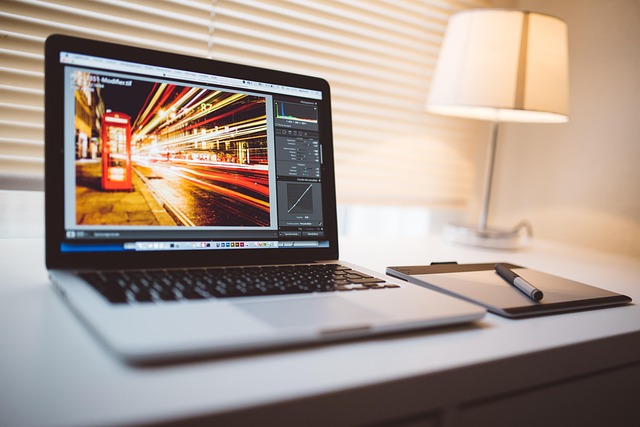Photography is not just a technical medium but an emotional journey that allows us to capture moments that resonate deeply with our intuition. When you stand behind the camera, you’re not merely pointing and clicking; you are engaging in a dialogue with the world, listening to the whispers of your surroundings, and allowing your intuitive self to guide your creative decisions.
Understanding intuition in photography composition involves more than just applying the rule of thirds or finding the perfect lighting. It means trusting your instincts about what feels right within the frame. The initial moments when you look through the lens can dictate the emotional weight of the photograph you create. Maybe it’s the gentle curve of a leaf or the stark lines of a cityscape that speak to you. These elements trigger feelings, and nurturing that connection helps you to tell a story through your images.
Your camera becomes an extension of your intuition as you explore the world of optics. As you adjust your aperture or manipulate the depth of field, you are not just playing with settings; you are molding how your viewers will experience the emotions captured in your photograph. Each decision is an expression of how you perceive the world around you. This sensitivity to details is where true artistry blooms.
In essence, each snap of the shutter is a reaffirmation of your unique perspective, a moment where your intuitive self merges with the environment. Photography composes a visual symphony that resonates differently with each viewer, anchored by the emotions you’ve interwoven into your composition. As you experiment with framing, lighting, and focus, think about how these choices reflect your innermost thoughts and feelings.
Moreover, the process of capturing a moment is rich with opportunities for introspection. As you pause to consider what to include in your frame, allow yourself to immerse in the experience fully. Ask yourself what draws you in—what element holds you captive, and how can you arrange it within your composition to convey that feeling to others? This connection with your intuition is essential; it transforms an ordinary photograph into a powerful narrative.
Let’s dive deeper into the aspects of composition that nurture your intuition. Using leading lines can guide the viewer’s eye through your image, creating a sense of movement and emotion. Whether it’s a winding road disappearing into the horizon or a shadow cast by a tree, these elements subconsciously translate your feelings into visual language. Learn to recognize these lines and use them to enhance the intuitive message you wish to convey.
Likewise, understanding negative space in your composition can illuminate the story behind your photograph. A barren landscape may echo feelings of solitude, while a crowded street can evoke energy and excitement. By consciously incorporating or minimizing background elements, you can allow your intuition to shine through, amplifying the core theme of your work.
Finally, always remember that photography is an evolving art. Your intuition will grow as you experiment and learn from each click of the shutter. The more you connect with that internal compass and the emotions tied to your subject, the more profound your images will become. Embrace the process; let your intuitive self take the leads. Over time, you’ll cultivate a unique voice that speaks through your compositions, transforming mere snapshots into powerful expressions of your artistic journey.



